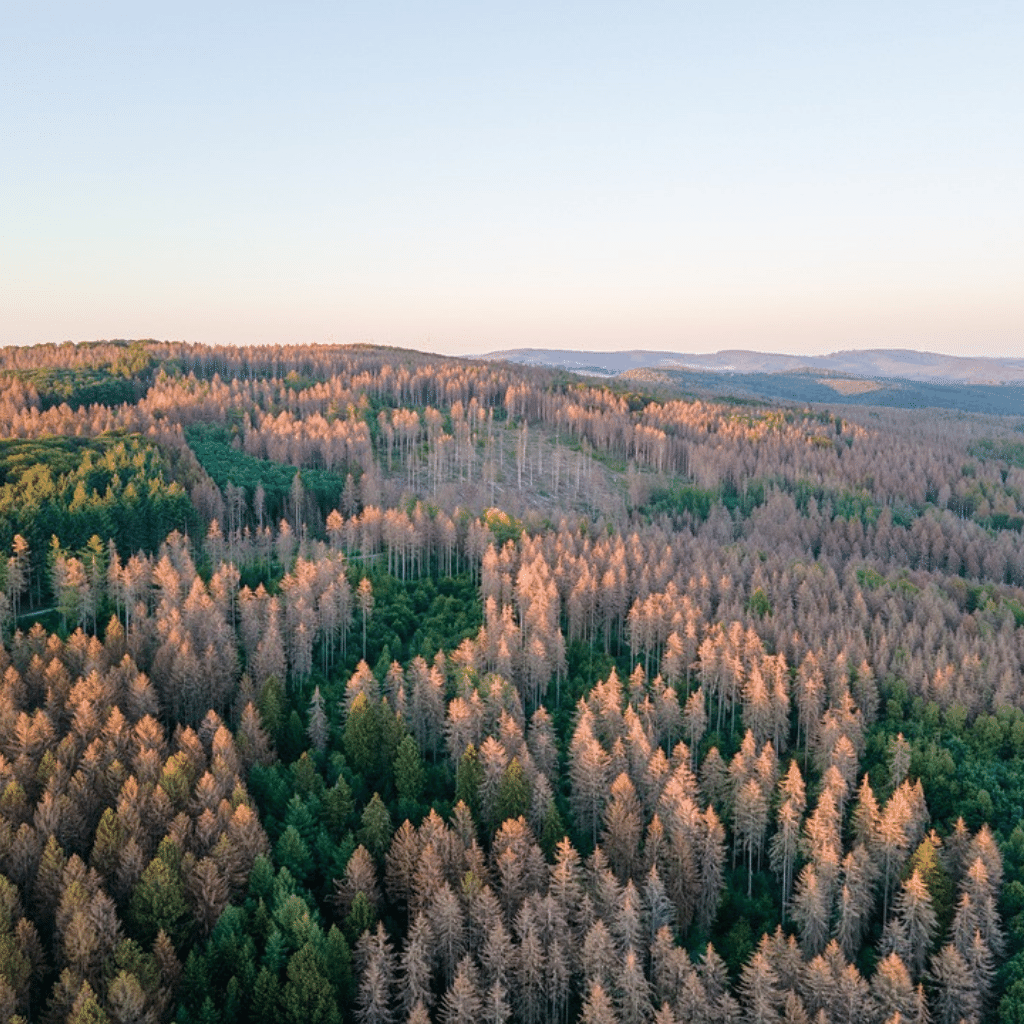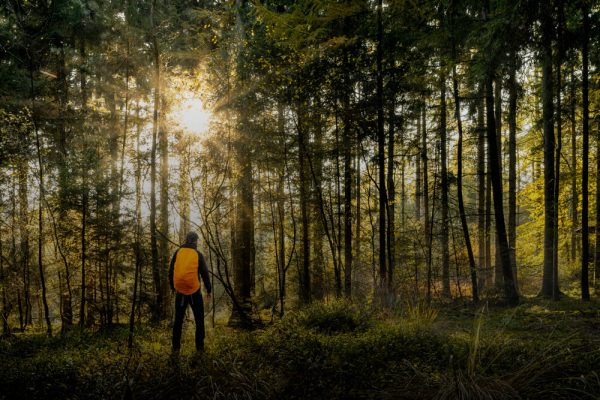Global warming promotes the development of bark beetles and enables them to gain ground. Bark beetle outbreaks are erupting with increasing frequency and the infestation is quickly spreading northward. What used to be a problem of Central European forests has arrived in boreal forests.
Bark beetles profit of climate change
Increasingly warm winters and raising number of storm damages create favourable living conditions for spruce bark beetles. Bark beetles choose trees that are already weakened by exceptional weather conditions like heat and drought, and once established in numbers, they start invading healthy trees. In the worst-case scenario, the changed weather conditions may enable it to produce several generations within a year, exponentially growing the impact an outbreak has. Also, due to climate change the bark beetle generations are born faster than previously.
The importance of continuous monitoring
Continuous monitoring delivers near real-time information as a proactive approach to forest management. With continuous monitoring a comprehensive understanding of the current state of forests can be gained, which helps make better decisions to address damages as soon as they happen. Up-to-date inventories, based on species distribution and stand volume helps estimate the monetary value of forests and assess the potential risks and costs of the damages quickly and accurately.
Prompt and precise measures
Changing climatic conditions are disturbing the forest ecosystem and weakening trees. Bark beetles can destroy entire forests, which is why quick and precise measures to stop the outbreaks are needed.
Pests and other consequences of climate change can be fought by sustainable forest management measures, continuous monitoring and accurate predictions. When any relevant change is detected in a timely manner, needed measures can be taken before severe damages occur – for example removing dead trees before brood hatch, can prevent the infection of other trees and save vast areas of woodland.
The power of AI and Machine Learning
Combining datasets, like optical satellite, LiDAR, SAR, harvester and climate data, and processing it with AI models generates granular and accurate insights of forests. Through regular updates the AI models are constantly improved and provide up-to-date predictions and analysis.
Anticipating potential damage and high-risk forest areas brings efficiency in operational planning. The ability to quickly identify and locate areas that are in danger of being damaged, or have suffered the most, allows to take essential measures quickly and precisely – and ultimately leads to stronger and healthier forests.
With our near real-time spatial storm and insect damage monitoring solution you will be able to indicate any relevant change in your forests in a timely manner, and take necessary measures quickly and precisely. Our product locates storm damages promptly while also providing detection of pests such as bark beetles.
Interested in learning more? Book a free demo for more information.




